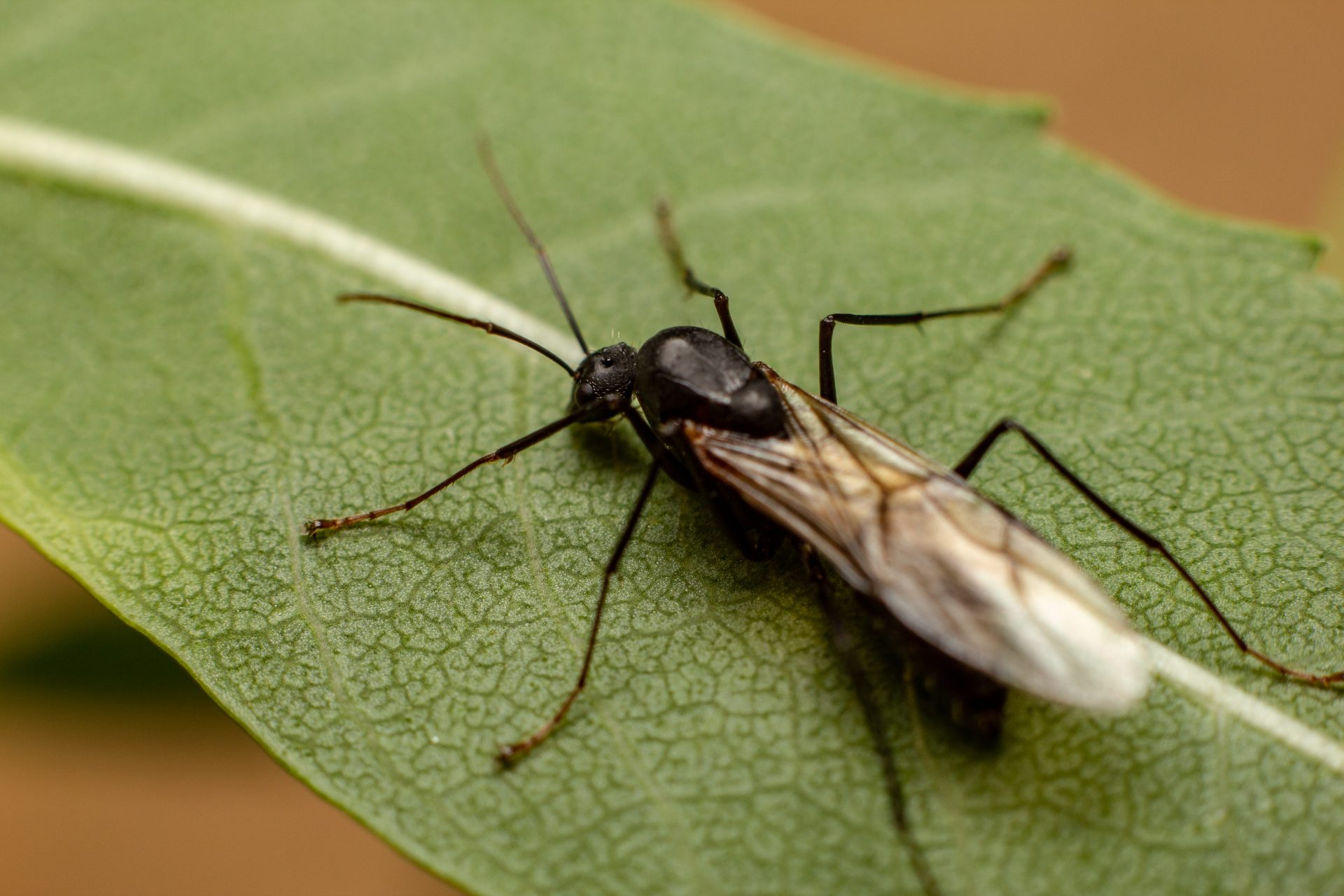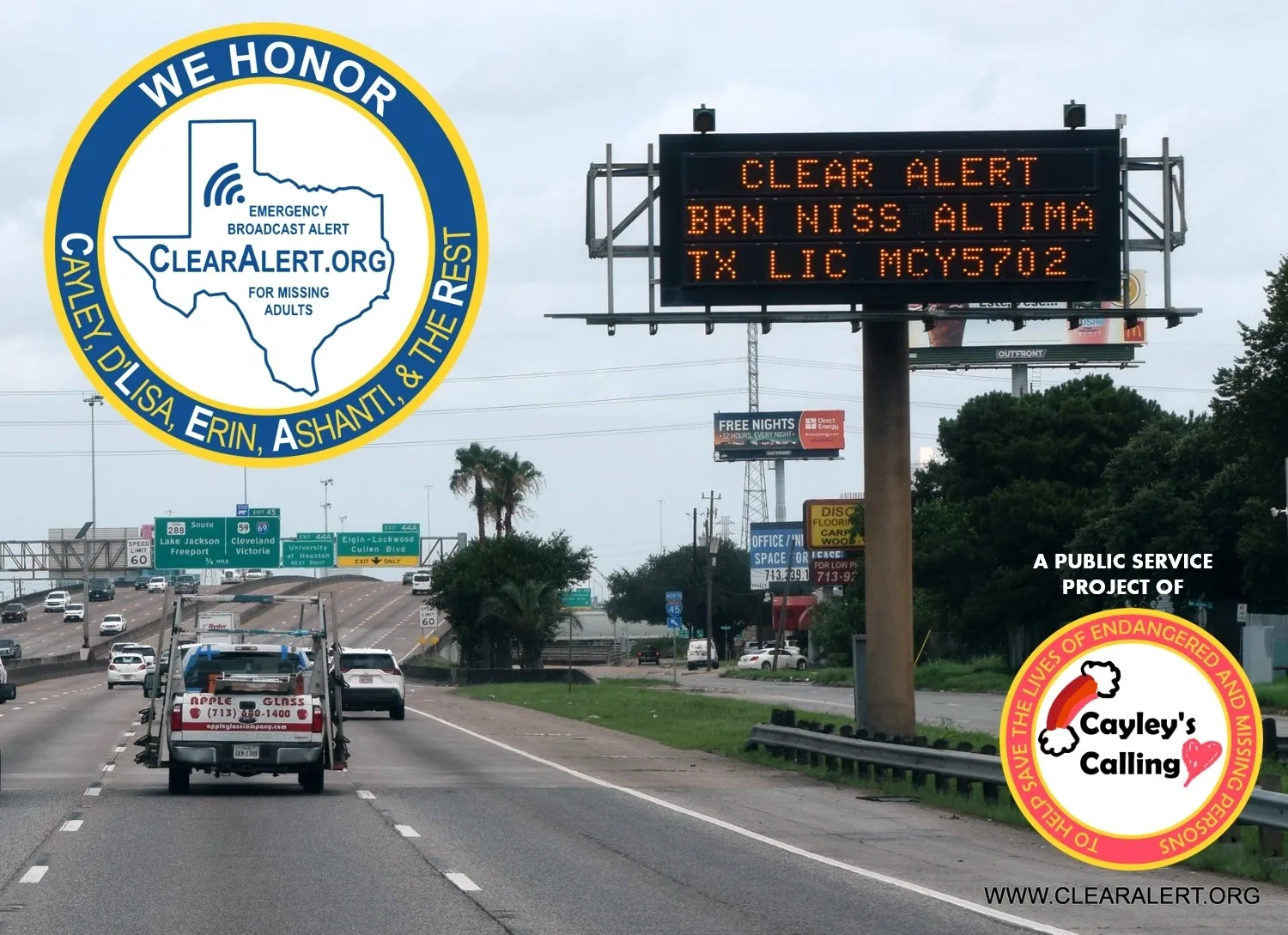When you hear about flying ants in Florida, you might think of those tiny creatures buzzing around in the summer. They can be a bit annoying, but they’re also pretty fascinating! In this article, we’ll dive into everything you need to know about flying ants in Florida, including what they are, why they fly, and what you can do if you see them. By the end, you’ll be an expert on flying ants!
What Are Flying Ants?
Flying ants are simply ants that have wings. They are actually the reproductive members of an ant colony. Just like how some people might leave home to start their own families, these ants leave their colonies to find a mate and start new colonies. In Florida, the most common types of flying ants are carpenter ants and fire ants. While they might look similar to other insects, their behavior and life cycle are quite unique! Also read Flying Ants in Florida What You Need to Know
The Life Cycle of Flying Ants
Flying ants go through several stages in their life. First, they start as eggs. The queen ant lays these eggs, and they eventually hatch into larvae. After a while, these larvae turn into pupae, and finally, they become adult ants. Only when the weather is just right, usually in warm months, do these ants grow wings and fly. This is called a nuptial flight, where males and females mate in the air.
Why Do Flying Ants Fly?
Flying ants take to the skies for a couple of important reasons. The main reason is to reproduce. When the weather gets warm and humid, it triggers a specific time for flying ants to emerge from their nests. This is when they mate, and then the queen will look for a place to start a new colony. This behavior usually happens in late spring or early summer in Florida, so if you see them around that time, you know why!
The Difference Between Flying Ants and Termites
Many people often confuse flying ants with termites because they look similar. However, there are some key differences. Flying ants have a narrow waist and bent antennae, while termites have a thicker waist and straight antennae. Additionally, flying ants’ wings are of unequal length, whereas termite wings are all the same size. Knowing these differences can help you identify whether you’re dealing with flying ants or termites!
Where Do You Find Flying Ants in Florida?
In Florida, flying ants can be found almost anywhere, but they are especially common in areas with a lot of trees and plants. They build their nests in wood, soil, or even inside buildings. You might find flying ants around your home, especially if you have wooden structures or a garden. They are drawn to warmth and moisture, so places like bathrooms or kitchens can also attract them.
Common Areas to Spot Flying Ants
- Gardens and Lawns: Flying ants often emerge in gardens, especially near flowering plants.
- Wooden Structures: If you have wooden decks or fences, check there; flying ants love to build nests in wood.
- Inside Homes: Sometimes, flying ants can find their way inside, especially during their nuptial flights.
- Near Water Sources: Since flying ants like humidity, they are often found near ponds, pools, or any area with standing water.
The Role of Flying Ants in the Ecosystem
Flying ants play an important role in the ecosystem. They help break down organic matter, which is essential for healthy soil. When they nest in wood, they can also help decompose dead trees, turning them into nutrients for the soil. This process helps plants grow and supports other wildlife in the area.
Benefits of Having Ants Around
- Soil Aeration: Ants dig tunnels in the soil, which helps air and water reach plant roots.
- Pest Control: Some ant species eat other pests that can harm your garden.
- Pollination: Flying ants can help pollinate plants as they move from flower to flower.
How to Handle Flying Ants
If you find flying ants in your home or garden, you might be wondering what to do about it. Here are some simple steps to handle the situation:
Keep Your Home Clean
The best way to prevent flying ants from coming inside is to keep your home clean. Make sure to wipe down surfaces and clean up any food spills. Ants are attracted to food, so keeping things tidy will help keep them away.
Seal Cracks and Openings
Flying ants can easily get into your home through small cracks and openings. Check windows, doors, and any gaps in your walls. Use caulk or weather stripping to seal these openings, making it harder for ants to enter.
Use Natural Repellents
If you find flying ants in your garden, consider using natural repellents. Mixing vinegar and water in a spray bottle can help deter ants. Just spray it on the areas where you see them, and it can help keep them away.
When to Call a Professional
If you notice a large number of flying ants in your home, it might be time to call a pest control professional. They can help identify the type of ants and suggest the best way to deal with them. It’s especially important to get help if you suspect you have carpenter ants, as they can damage wooden structures in your home.
Signs You Might Need Professional Help
- Large Swarms: If you see a large number of flying ants, it’s a good idea to call for help.
- Structural Damage: If you notice holes in wood or walls, you might have a carpenter ant problem.
- Persistent Infestation: If you’ve tried to get rid of the ants and they keep coming back, a professional can help find the source.
Fun Facts About Flying Ants
Here are some fun facts about flying ants that you might not know!
- Amazing Navigators: Flying ants can use the sun to help them navigate during their flights.
- Short Lifespan: Most flying ants only live for a few weeks after their nuptial flight. Their main goal is to mate and start new colonies.
- Colony Queens: Once a queen ant finds a suitable place, she will shed her wings and start a new colony. This is a big change for her!
Conclusion
Flying ants in Florida are more than just pests; they are fascinating creatures that play an important role in our ecosystem. Understanding their behavior, life cycle, and the best ways to handle them can help you appreciate these little insects even more. Whether you see them buzzing around in your garden or flying into your home, remember that flying ants are just trying to find a place to start a new family. With a bit of knowledge and the right strategies, you can enjoy your time outdoors without too much trouble from these winged wonders!





